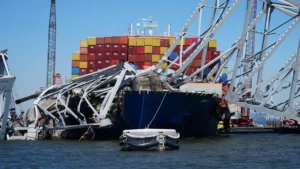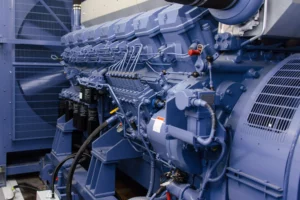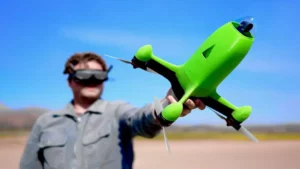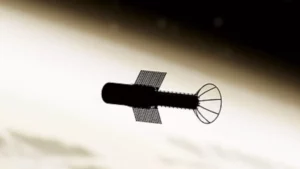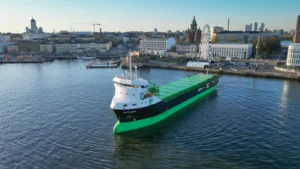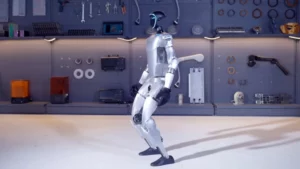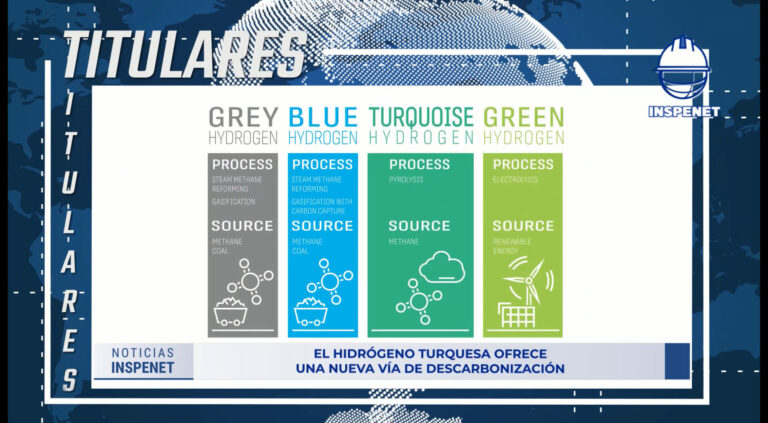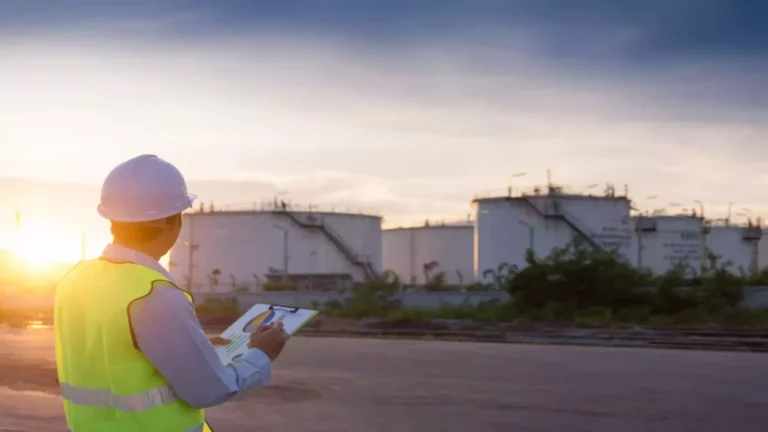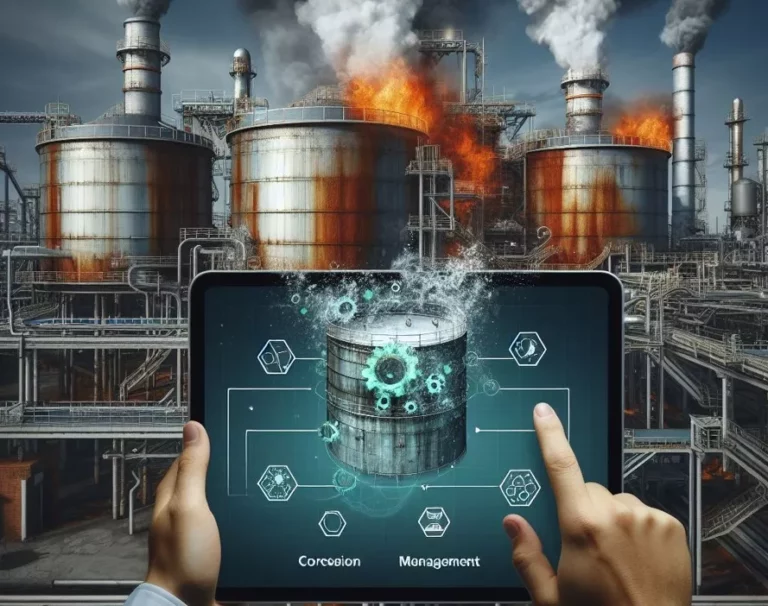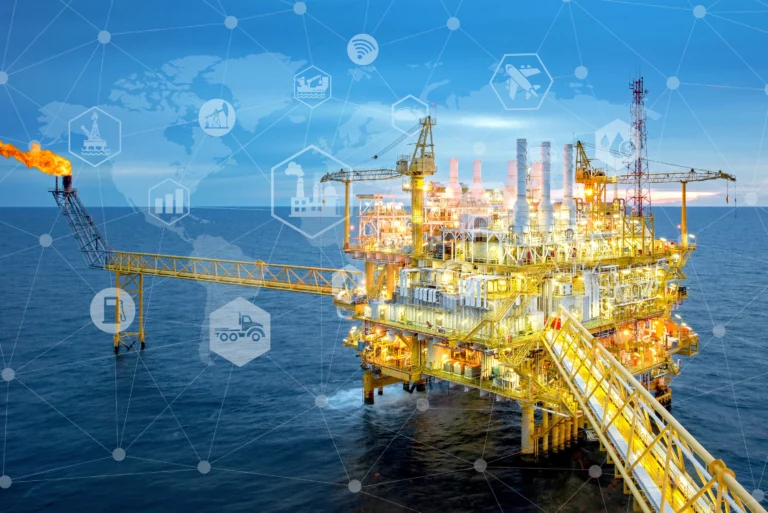Author: Ing. Antonio Zavarce, July 21, 2023.
Introduction
The world of robotics has experienced exponential growth in recent decades. With a variety of technological advances, robots are no longer merely fantasies of science fiction, but real entities that are changing our lives in amazing ways, being considered the giants of robotics.
But do we know what a robot is?
In our current society, where science and technology are advancing at a dizzying pace, we find ourselves increasingly immersed in a world full of automated machines. Whether it’s an autonomous vehicle that roams our streets or a virtual assistant that lives on our mobile phones, robotics have infiltrated nearly every aspect of our lives. But what really is a robot?
The term “robot” comes from the Czech word “robota”, which means “forced labour”. It was first coined in Karel Čapek’s play “RUR” in 1920. However, the modern definition of a robot has evolved and varies depending on the context.
In general terms, a robot is a machine designed and programmed to perform tasks automatically. Robots can follow a fixed set of instructions or learn and adapt to new situations through artificial intelligence (AI).
There are many different types of robots, from those that are purely mechanical to those that incorporate sophisticated software to perform complex tasks. Some robots are designed to perform repetitive tasks in industrial settings, such as assembling cars or sorting products. These robots are usually programmed to perform a specific set of tasks and do not need to adapt to new situations.
In addition, there are also robots designed to interact with the world in a more flexible way. For example, the rovers used by NASA to explore other planets must be able to navigate unfamiliar terrain and adapt to new situations. Similarly, robots that interact with people, such as virtual assistants or service robots, must be able to understand and respond to voice commands, and in some cases even read human emotions.
The field of robotics is extremely broad and includes a range of technologies, from mechanics and electronics to computing and artificial intelligence. But at the end of the day, all robots share a common characteristic: they are machines that can carry out tasks autonomously.
Robots have great potential to change the way we live and work. They are already transforming industries like manufacturing, logistics, and healthcare, and their impact is expected to continue to grow for years to come. However, with these opportunities also come challenges, from ethical issues to the impact on employment.
Therefore, although the question “what is a robot?” It may seem simple, the answer is quite complex and constantly evolving. Robots are much more than just machines; they are an integral part of our past, present, and certainly our future.
The most famous robotics giants
Under the previous context, we are going to immerse ourselves in the fascinating universe of the five most famous robots in the world: Asimo, Atlas, Ameca, Fedor and Sophia, and to explore their impact on science, technology and culture.
Asimo: Honda’s Ambassador in Robotics

Asimo, developed by Honda, is one of the most recognized humanoid robots worldwide. With its ability to walk, run, and perform fine manipulation tasks, Asimo has made an undeniable mark on the field of robotics. Their contributions have opened doors to a future where robots can assist humans in daily tasks, work and in emergency situations, which in turn redefines our understanding of what robots are capable of.
Atlas: The Strength and Agility of Boston Dynamics
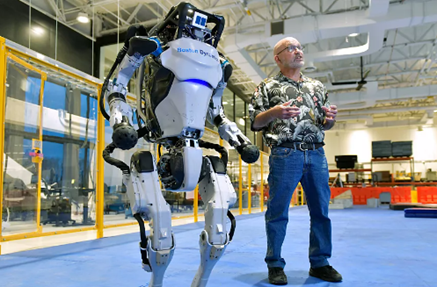
Atlas, created by Boston Dynamics, is a robot designed for mobility. Its ability to navigate difficult terrain and perform complex physical actions, such as jumping and somersaulting, marks a milestone in robotics. Atlas symbolizes a future where robots can take part in rescue missions, construction jobs, and other physically challenging tasks, minimizing human risks in such situations.
Ameca: A New Era in Human-Robot Interaction
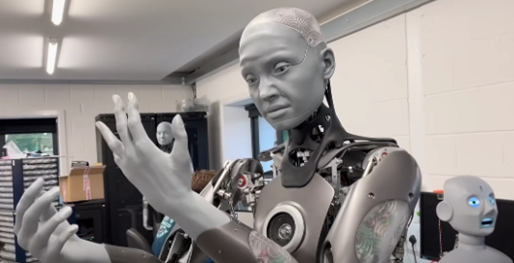
Developed by Engineered Arts, Ameca is the most realistic humanoid robot to date. With its ability to convincingly imitate human expressions, Ameca represents a significant advance in human-robot interaction. This has the potential to change how we interact with technology, enabling a degree of empathy and emotional understanding previously unimaginable in the field of robotics.
Fedor: The Robotic Astronaut

Fedor, a robot developed in Russia, is known for being the first humanoid robot to travel into space. This event marked a milestone in the history of space exploration and robotics, opening the door to the idea of future robot-manned space missions. Fedor makes us reflect on the role that robots can play in exploring the universe.
Sophia: The Robot with Citizenship
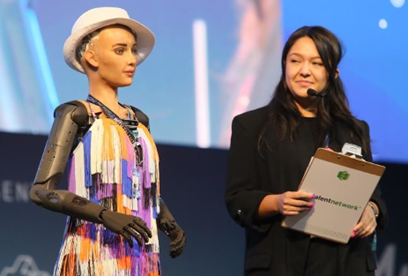
Sophia, the first robot to obtain citizenship, developed by Hanson Robotics, has gained worldwide fame for her ability to interact with humans in an emotionally splendid way. She has opened discussions about the ethics of AI and the future of humanity in an increasingly automated world. Sophia has inspired both admiration and debate, highlighting the central role of robotics in our contemporary lives.
These five robots – Asimo, Atlas, Ameca, Fedor and Sophia – represent the cutting edge of robotics technology. Through their influence on science, technology, and culture, they have challenged our conceptions of what it means to be a robot. They have shown us that robots can be useful, impressive, realistic, adventurous, and even citizens, broadening our imagination of what the future of robotics might bring. As we explore this exciting universe, we witness how robots are revolutionizing our lives in surprising ways.
Exploring the future: The prospects for robotics
Here are some predictions of what the future of robotics could look like.
1. Greater Integration into the Home: As robots become more affordable and efficient, we are likely to see more integration of robotics into the home. This will not be limited to just cleaning, but will also include personal assistance, health care, and entertainment.
2. Improved AI and autonomy: Advances in artificial intelligence (AI) will allow robots to be more autonomous, capable of learning and adapting to their environment and unforeseen situations. This will allow robots to make complex decisions and carry out more sophisticated tasks.
3. Advances in collaborative robotics: Robots will not only be tools, but also partners that can collaborate with humans, learning from them and assisting them in their work.
4. Increased presence in health and care: This section will range from surgical robots that can perform operations with incredible precision, to assistive robots that can help the elderly or people with disabilities live more independently.
5. Ethics and Legislation in Robotics: As robots become more common, ethical and legal challenges will also arise. This could include issues of privacy, security, liability (for example, in the event of accidents), and employment impact. We are likely to see further development of robotics-related laws and regulations.
6. Robotics in space exploration: Robots will continue to play a critical role in space exploration, from maintaining space stations to exploring other planets, and could be instrumental in preparing for future human missions to Mars.
7. Increased customization: As technology advances, we are likely to see more and more personalized robots that can adapt to each person’s individual needs and preferences.
Robots, from their humble beginnings as science fiction concepts, have come a long way to become a tangible and ubiquitous reality in our daily lives. Whether ASIMO, Atlas, Ameca, Fedor, Sophia, or any other in the vast constellation of intelligent machines, each of these robots has played a crucial role in the way we perceive and understand robotics and its influence on society.
These robots have not only demonstrated the ability of engineering and artificial intelligence to create machines that can perform complex and often laborious tasks, but have also opened doors to a future where human-robot interaction can be a common part of life. From the recognition of robotics as a valuable tool in industry to its role in the healthcare and personal assistance revolution, robots have become agents of change.
Furthermore, robotics challenges us to reconsider and redefine what it means to be human in an age of increasingly advanced and sophisticated artificial intelligences. The borders between the human and the artificial, between organic life and mechanized life, are increasingly blurred, leading us to question and explore new perspectives on our own humanity.
Conclusion
As we move into the future, it is clear that robotics will continue to evolve and play an increasingly prominent role in our society. However, it is important that we guide these advances with careful and deliberate consideration of the ethical and social implications. Ultimately, robots are our creations and their future is ultimately in our hands. So it’s up to us to ensure that this future is one that benefits everyone and helps us thrive in an age of robotics and artificial intelligence.
Own source





